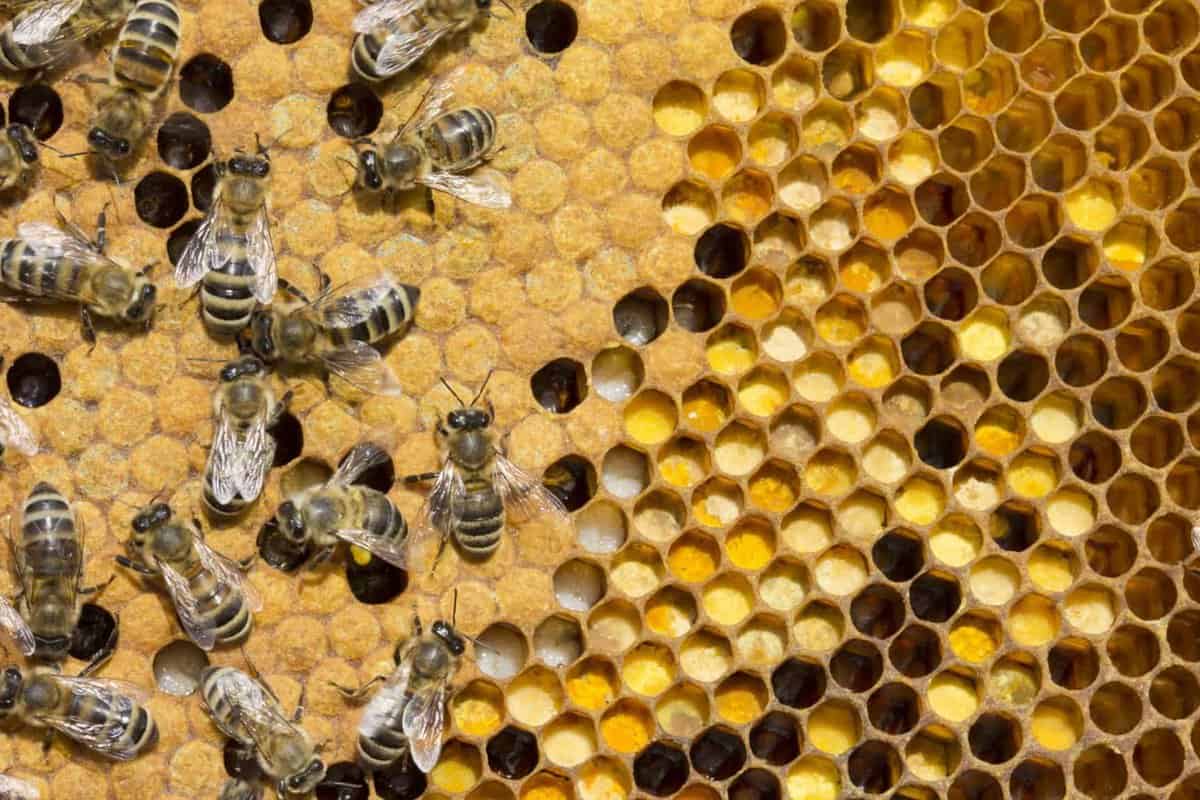Beekeeping is a fascinating and rewarding activity, but it’s important to understand the basics of hive identification in order to be successful. Hive identification is an essential skill for beekeepers, as it allows them to recognize different types of hives and their conditions. With an understanding of hive identification, beekeepers can identify potential problems with their hives and take appropriate action to keep their bees healthy and productive. In this article, we’ll explore the different types of hives, the signs to look for, and the best methods for identifying them. With this information, you’ll be able to unlock the secrets of hive identification and become a successful beekeeper.
Overview of Honey Bee Hive Identification
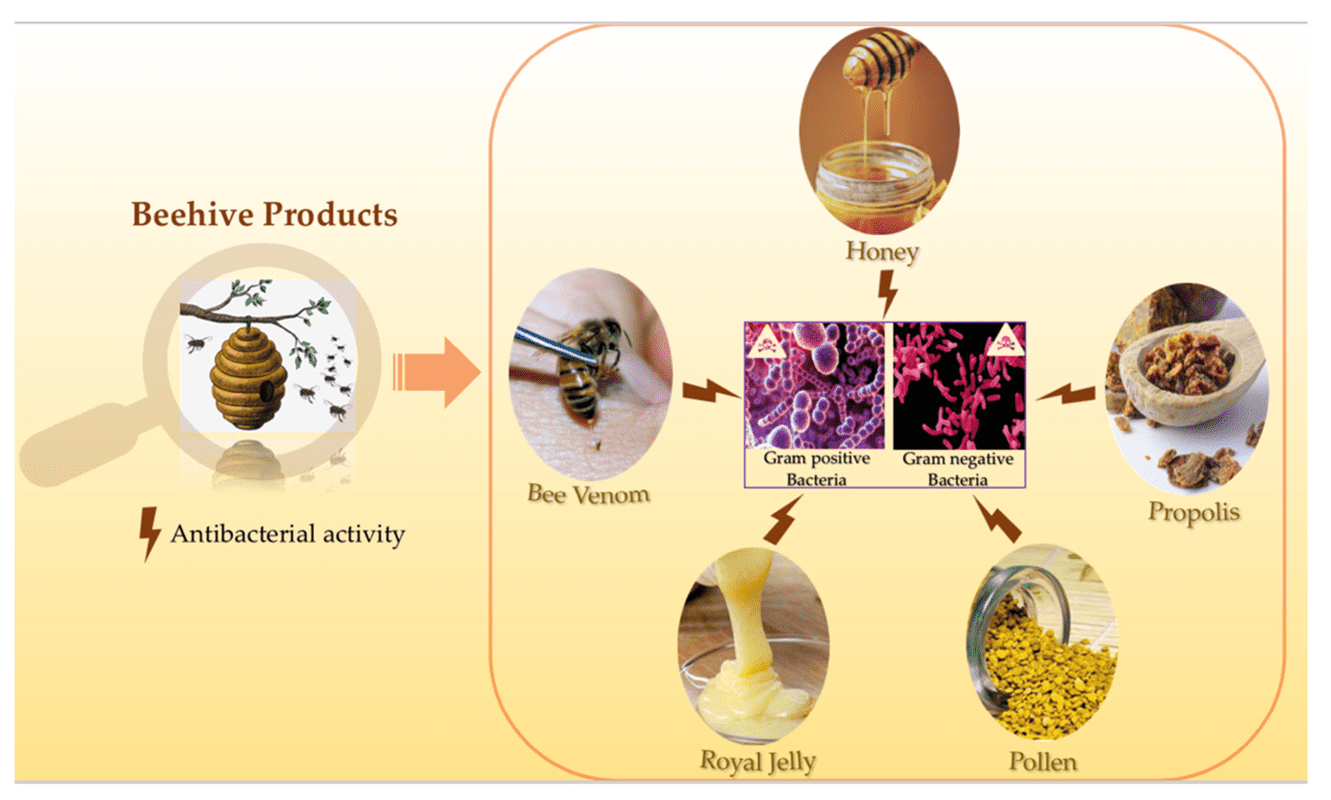
Identifying a honey bee hive is important for beekeepers, as it helps to identify a colony’s needs and monitor its health. There are several methods for hive identification, including visual inspection, genetic testing, and tracking with technology.
Importance of Hive Identification
Beekeepers use hive identification to monitor their bees’ health and manage their colonies. This helps beekeepers identify the resources and care that a colony needs. It also allows them to track the growth and productivity of a hive over time.
Types of Hive Identification
Beekeepers can identify a hive through visual inspection, which involves looking for certain characteristics such as the size and shape of the hive, the presence of disease or pests, and the number of bees in the colony. Genetic testing can also be used to identify a hive, as every colony has a unique set of genetic markers. Finally, technology can be used to track a hive, allowing beekeepers to monitor its location and health remotely.
Overall, hive identification is an important tool for beekeepers to use in order to ensure the health and productivity of their colonies. With the right methods and tools, beekeepers can unlock the secrets of hive identification for successful beekeeping.
How to Identify a Honey Bee Hive
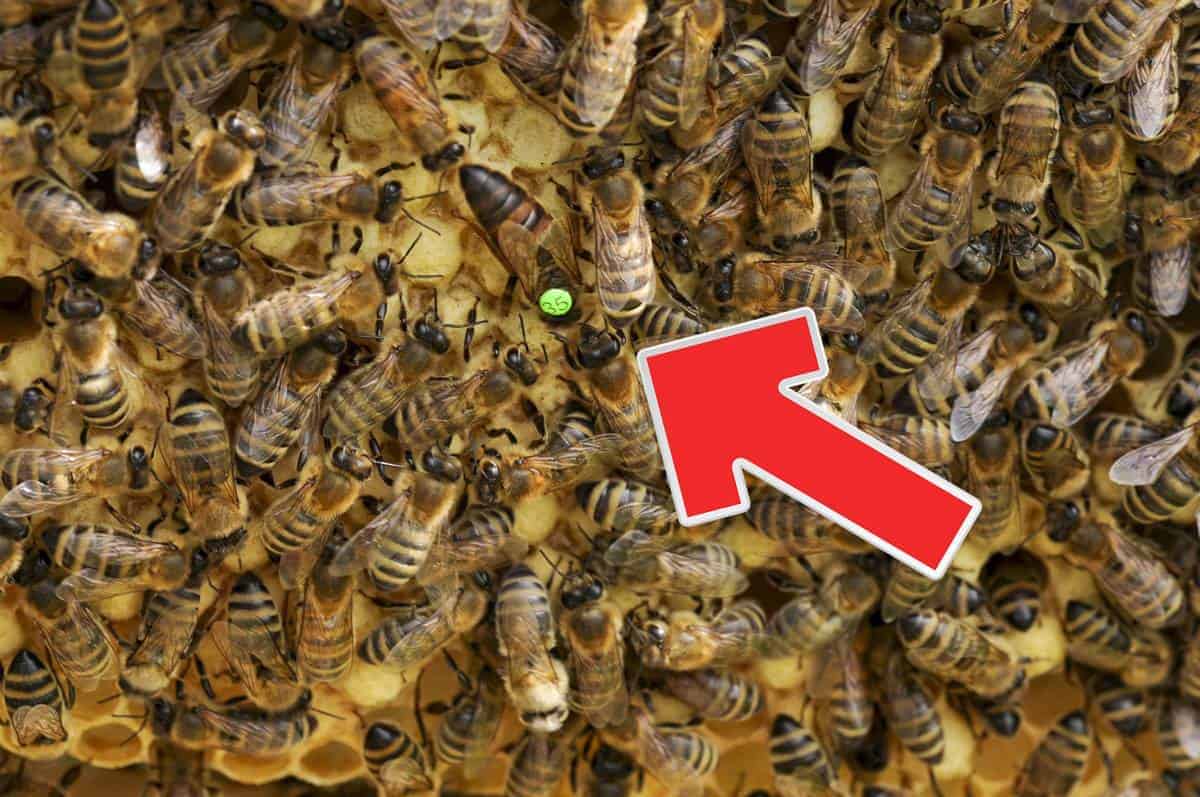
Visual Identification
When identifying a honey bee hive, the first step is to take a look at the area surrounding the hive. Bees typically build their hives in sheltered areas such as tree hollows, walls, or in man-made structures. To spot a honey bee hive, look for a large number of bees around the same area. The bees are usually flying in and out of a specific entrance, which indicates the presence of a hive.
In addition, honey bee hives have a distinct shape and color. The hives are usually round, with a domed roof. The color of the hive varies from yellow to brown, depending on the species of bee.
Chemical Identification
Honey bee hives can be identified by their distinct smell. A strong, sweet smell is a sign that a bee hive is nearby. This smell is caused by the release of pheromones, which are chemicals released by the bees to communicate with each other.
Honey bee hives can also be identified by the presence of wax and honeycomb. This wax is produced by the bees, and it is used to build the walls of the hive. The presence of this wax indicates that a bee hive is nearby. Also, honeycomb can be seen on the outside of the hive, which is a sign that the hive contains honey.
Benefits of Accurately Identifying a Hive
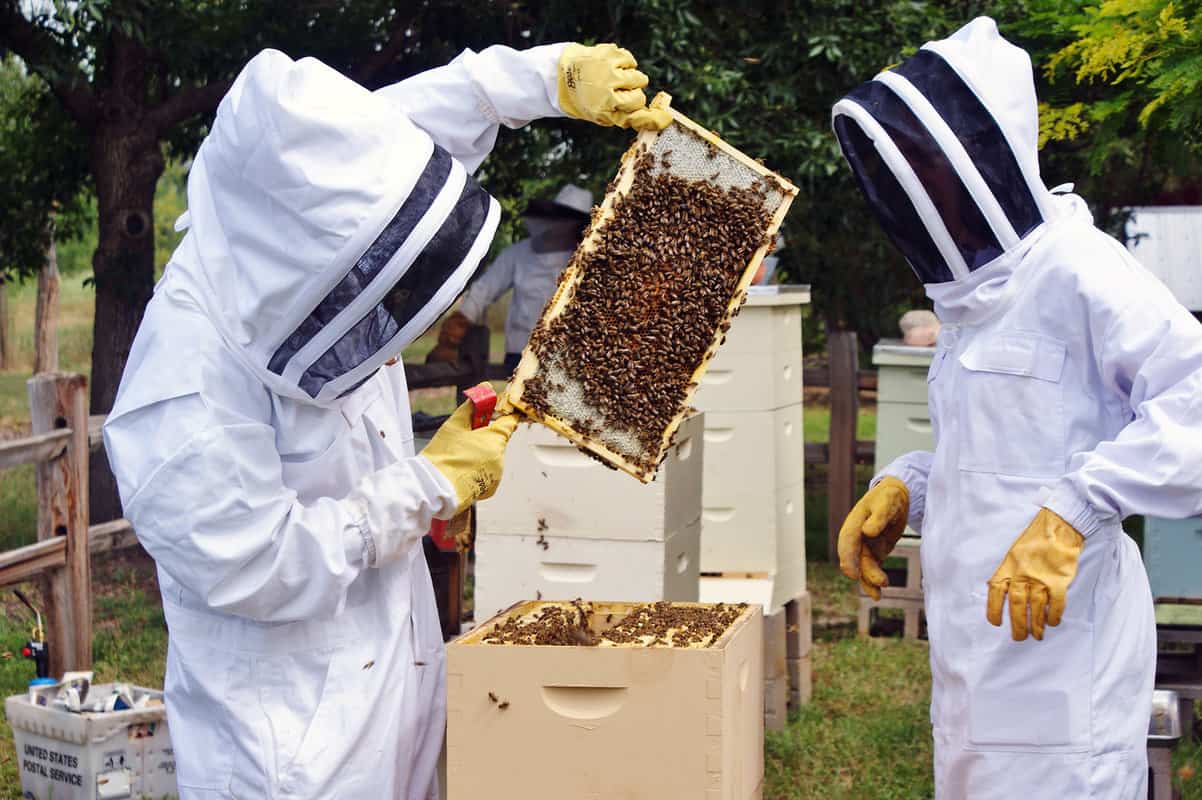
- Maximizes Productivity: Accurately identifying a hive helps beekeepers maximize their productivity as they can track performance and ensure the health of their colony.
- Reduces Management Time: Keeping detailed records of hive identification helps beekeepers reduce the amount of time needed for management as they can quickly access information about each hive.
- Improves Colony Health: Accurately identifying a hive enables beekeepers to monitor the health of their colonies more effectively and take appropriate action when needed.
- Provides Data Insights: Accurate hive identification provides beekeepers with valuable data insights that can help them make better decisions and improve their beekeeping operation.
- Ensures Quality: Accurately identifying a hive helps beekeepers ensure the quality of their honey and other hive products.
Challenges of Hive Identification
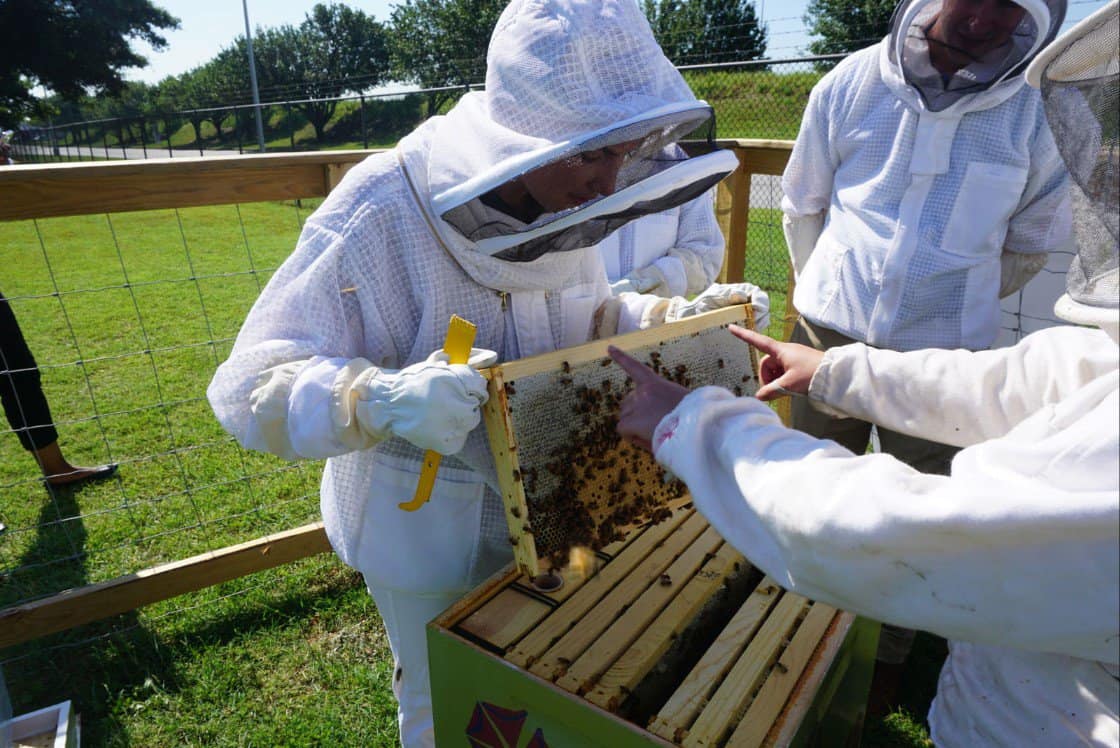
Identifying individual hives can be one of the most challenging aspects of beekeeping. Beekeepers need to be able to easily distinguish between their hives and those of their neighbors. This is especially true for larger-scale apiaries. To do this, beekeepers use a variety of tools and techniques, such as numbering and labeling hives, assigning colors, and using RFID tags.
Numbering and labeling hives is a simple and effective way to keep track of individual hives. This can be done by writing numbers or letters on the hive with a permanent marker, tagging them with numbered tags, or using special hive wraps and labels.
Beekeepers may also assign colors to different hives. This can be done by painting the hives, using colored hive wraps, or painting a unique pattern on each hive. This is especially helpful in large apiaries, as it can be difficult to remember which hive is which.
RFID tags are another tool beekeepers may use to identify hives. These tags are small electronic tags which can be attached to hives and scanned to provide information about the hive. This can include the hive’s location, the hive’s health, and the hive’s activity.
Identifying individual hives can be a challenging but important task for beekeepers. By using numbering, labeling, colors, and RFID tags, they can easily and accurately track their hives and ensure the health and productivity of their apiary.
Best Practices for Hive Identification
Label Your Hives: Labeling your hives with permanent markers or tags is essential for keeping track of your colonies. You can use the labels to identify which queen is in each hive, keep track of the age and type of the hive, or even mark each hive with its location.
Keep Records: Keeping records of your hives is important for tracking their health, production, and any treatments or medications given. It is also useful for noting the location of each hive and to determine if the hive is producing a surplus of honey.
Inspect Regularly: Regular inspections of your hives are necessary to monitor the health of your colonies. Inspections should be done no less than every two weeks in order to identify any potential issues such as disease, pests, or queen problems.
Use Visual Aids: Using visual aids such as photos or diagrams of the hives can be helpful for quickly identifying a hive. You can also use these photos to compare the hives to others in the apiary to get an idea of their size, shape, and overall health.
Mark Queens: Marking your queen with a dot of paint or a numbered tag is a great way to quickly identify the queen in each hive. This is especially useful when you have multiple hives in the same apiary, as it makes it easier to spot the queen in each hive.
Frequently Asked Questions
What are the Benefits of Identifying Different Types of Hives?
Identifying different types of hives can be beneficial to beekeepers in many ways. It enables beekeepers to better understand the behavior of their colonies, and the needs of the bees. It also allows beekeepers to better manage their hives and ensure that their bees have the optimal environment for their health and well-being. Additionally, hive identification can help beekeepers recognize potential problems within their colonies and take appropriate action to address them. Finally, properly identifying hives can help beekeepers to keep accurate records of their colonies and to better plan for the future of their apiary.
How can I differentiate between different types of hives?
Size: Different types of hives vary in size, with some larger hives accommodating more bees and requiring more space.
Shape: Different types of hives are shaped differently, from the traditional rectangular Langstroth beehive to the more unique Top-Bar hive.
Construction: Different types of hives are constructed differently from one another, with some made from wood and others from plastic or metal.
Ventilation: Different types of hives have different levels of ventilation, which should be considered when selecting the type of hive for your needs.
Features: Different types of hives have different features, such as removable frames, observation windows, and other features that may be beneficial for beekeepers.
Location: Different types of hives may be better suited for particular locations, so it is important to consider the environment in which the hive will be placed.
What are the Key Identifiers of a Healthy Hive?
Population: A healthy hive should have a large population of worker bees, drones, and a queen bee.
Appearance: A healthy hive should have an even distribution of full and empty frames, a clean exterior, and no signs of pests or disease.
Activity: A healthy hive is active, with bees flying in and out throughout the day and plenty of nectar and water being brought in.
Honey Stores: A healthy hive should have a good amount of stored honey, as well as pollen and propolis.
Queen: The queen bee should be healthy and active, laying eggs and producing pheromones.
What Tools are Needed to Identify a Hive?
To identify a hive, beekeepers need a few essential tools including a smoker, protective clothing, and a hive tool. A smoker is used to calm the bees when opening the hive and can help to prevent them from becoming aggressive. Protective clothing such as a veil, gloves, and a suit are necessary for keeping the beekeeper safe. The hive tool is the primary tool for opening the hive, scraping off wax and propolis, and lifting frames. Once the hive is opened, the beekeeper can identify the type of hive and the queen bee.
What Other Tips Can I Use to Ensure Successful Beekeeping?
Choose the right location: Select a location with warm temperatures, adequate sunlight, and protection from the wind to increase the chances of a successful colony.
Maintain a healthy hive: Keep the hive clean and free of pests to prevent disease and ensure a healthy hive.
Provide ample food: Feed bees regularly to ensure a healthy and productive hive.
Protect your hives: Use fencing to protect the hive from wild animals and pests.
Monitor the hives: Regularly inspect the hives to detect any issues early and take appropriate action.
Conclusion
Beekeeping is a rewarding and important activity for maintaining healthy pollinator populations and increasing agricultural yields. By learning to identify the different types of hives, you can better understand the behavior of your bees and the needs of your apiary. With proper hive identification, you can ensure that your bees are healthy and your apiary is productive.
